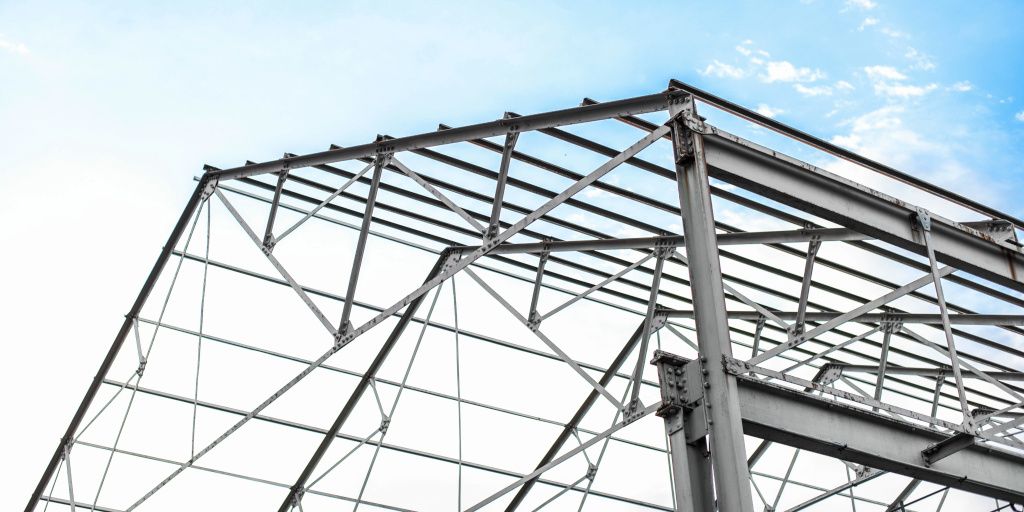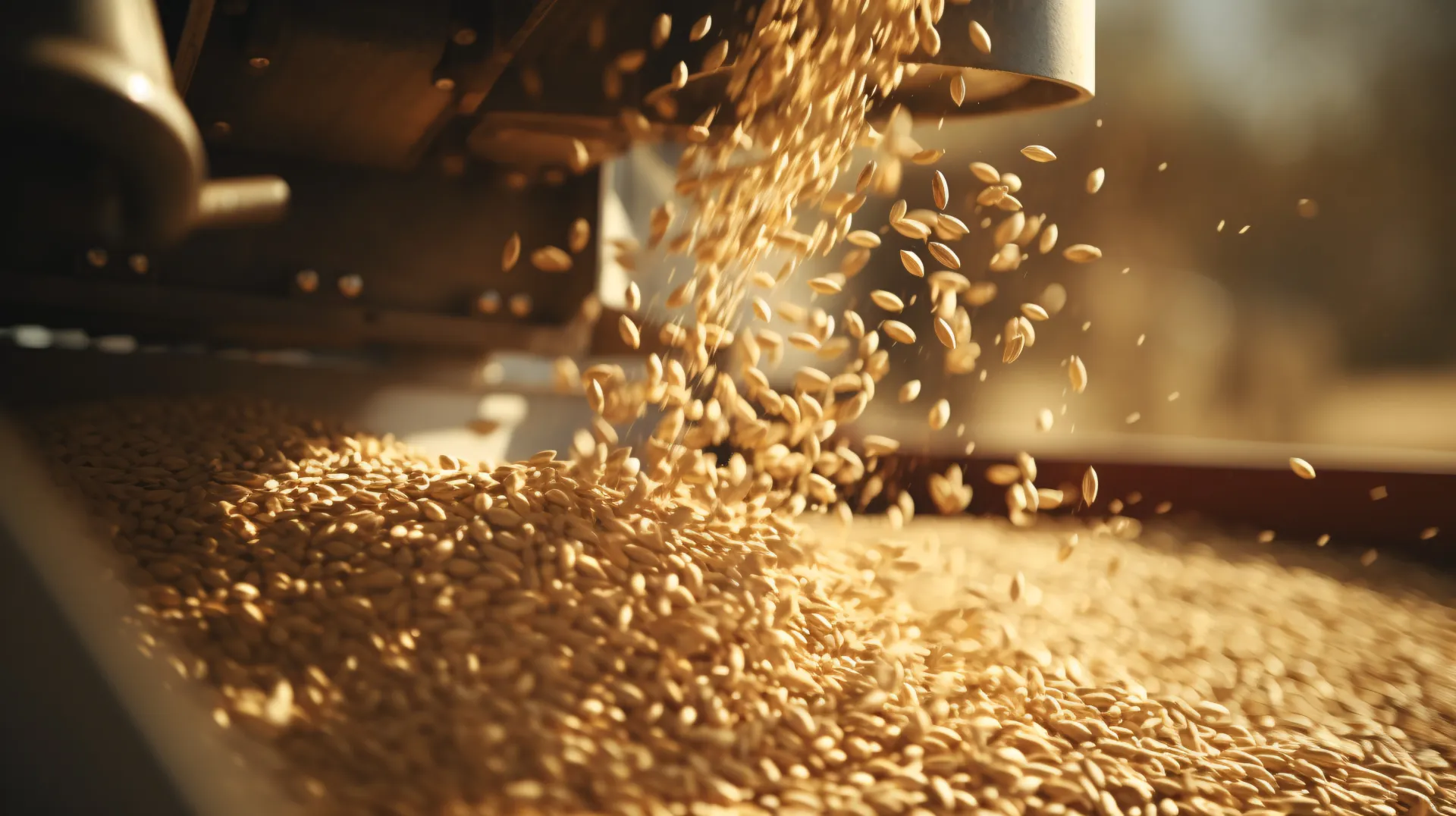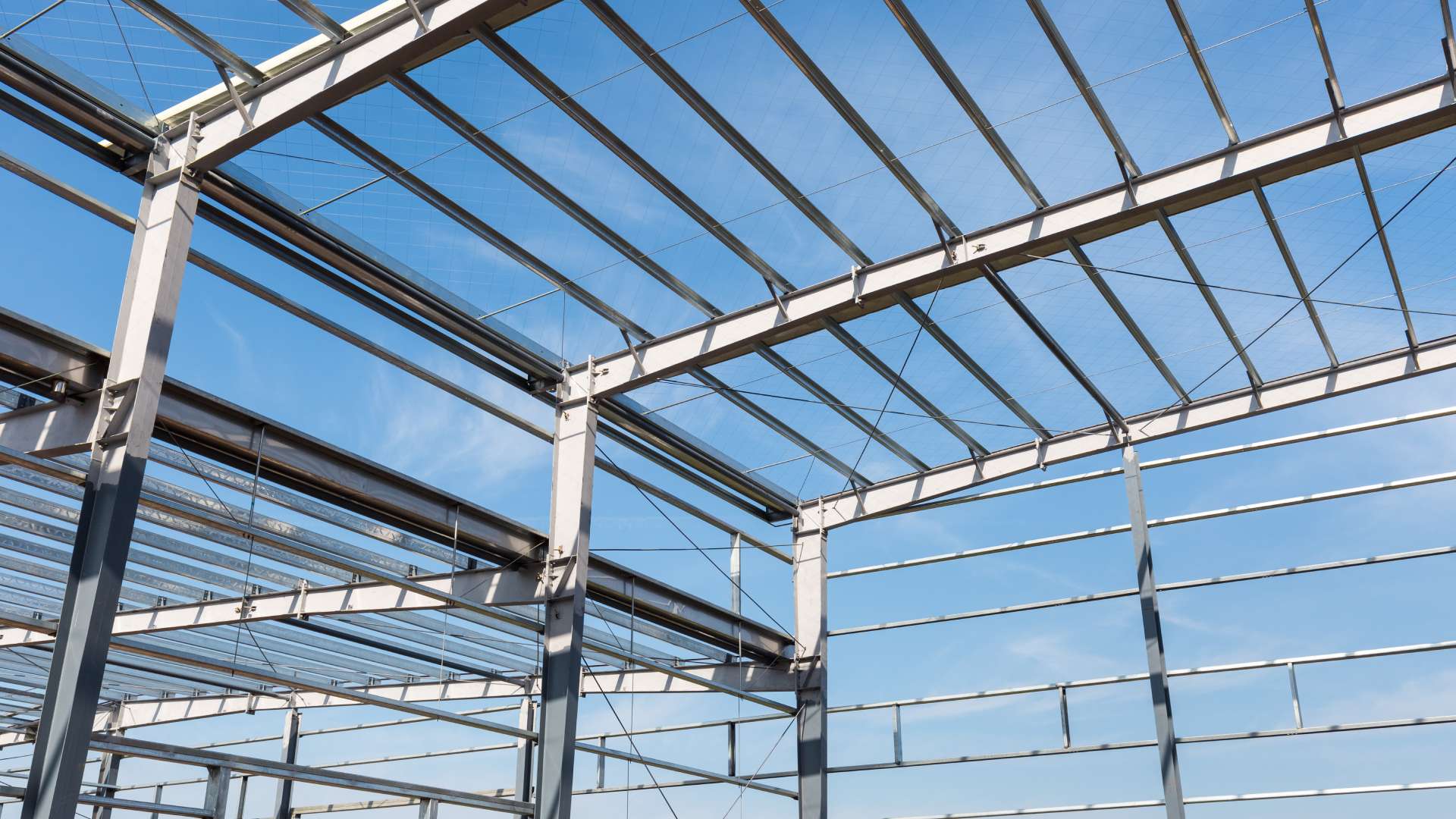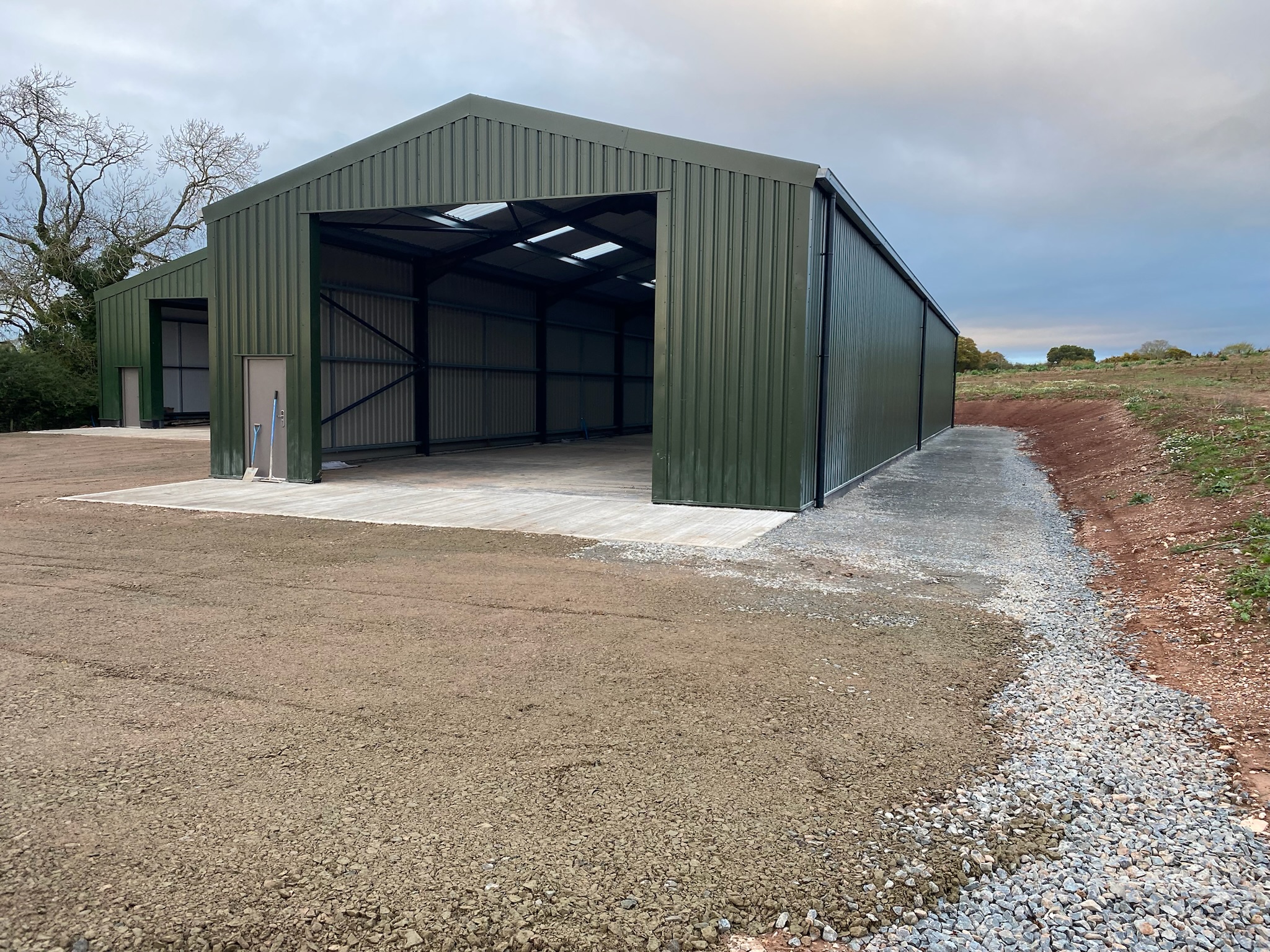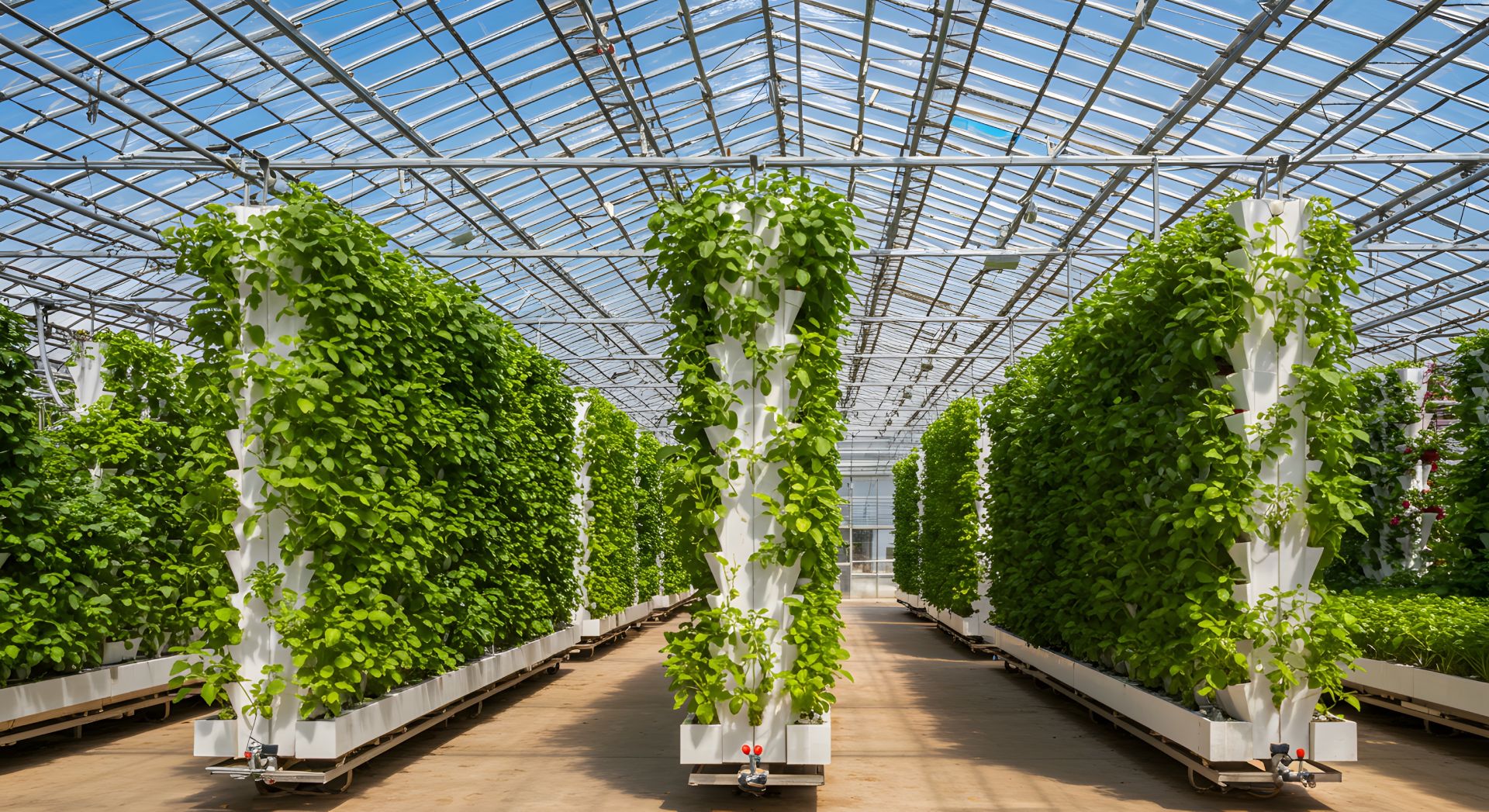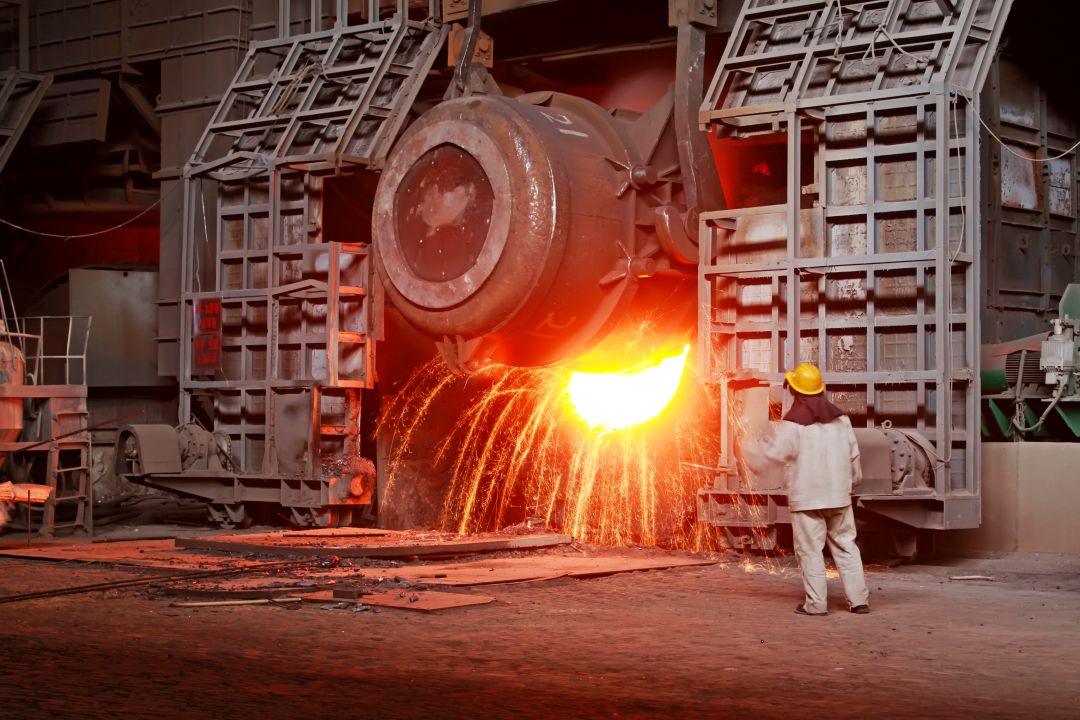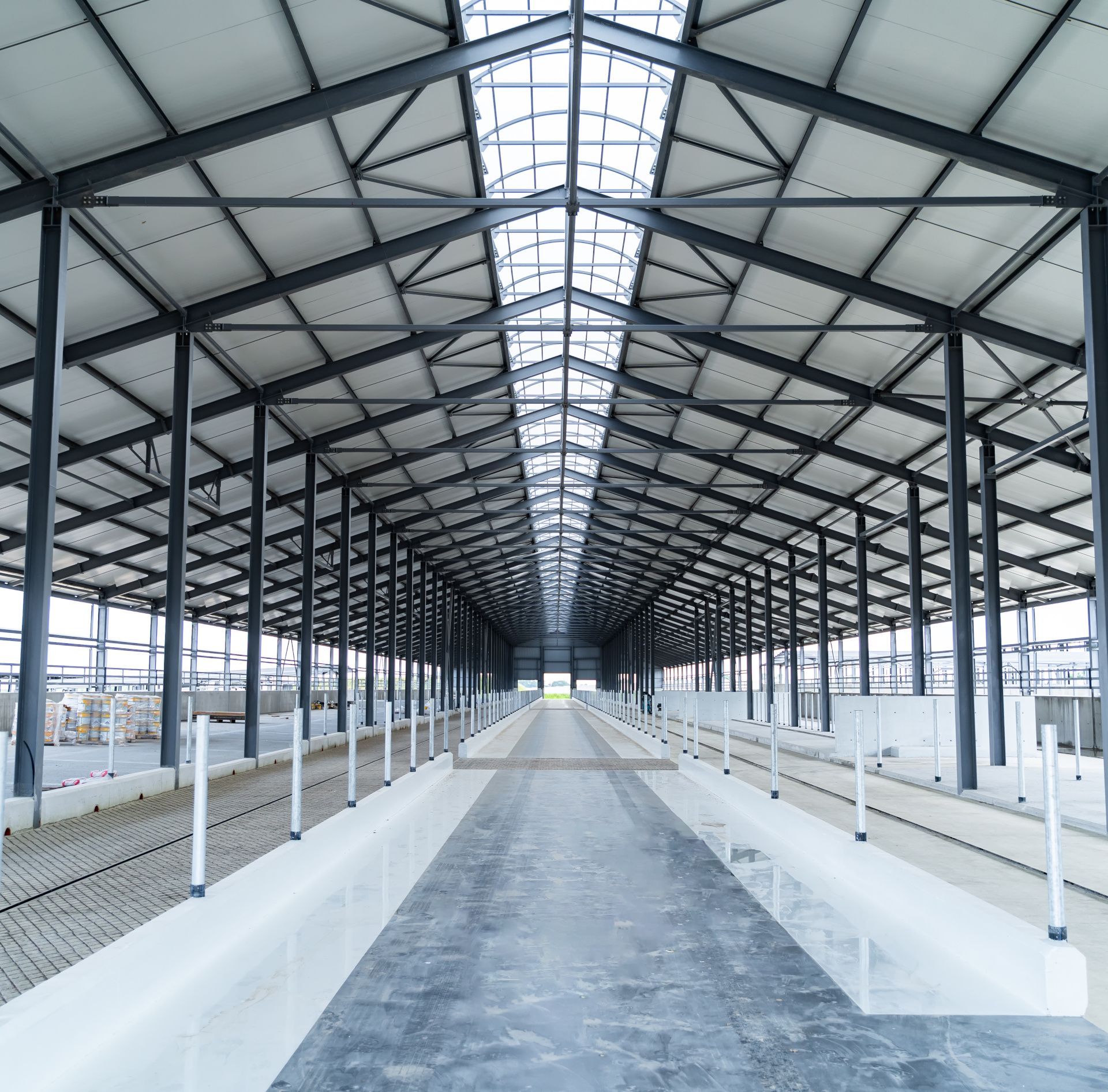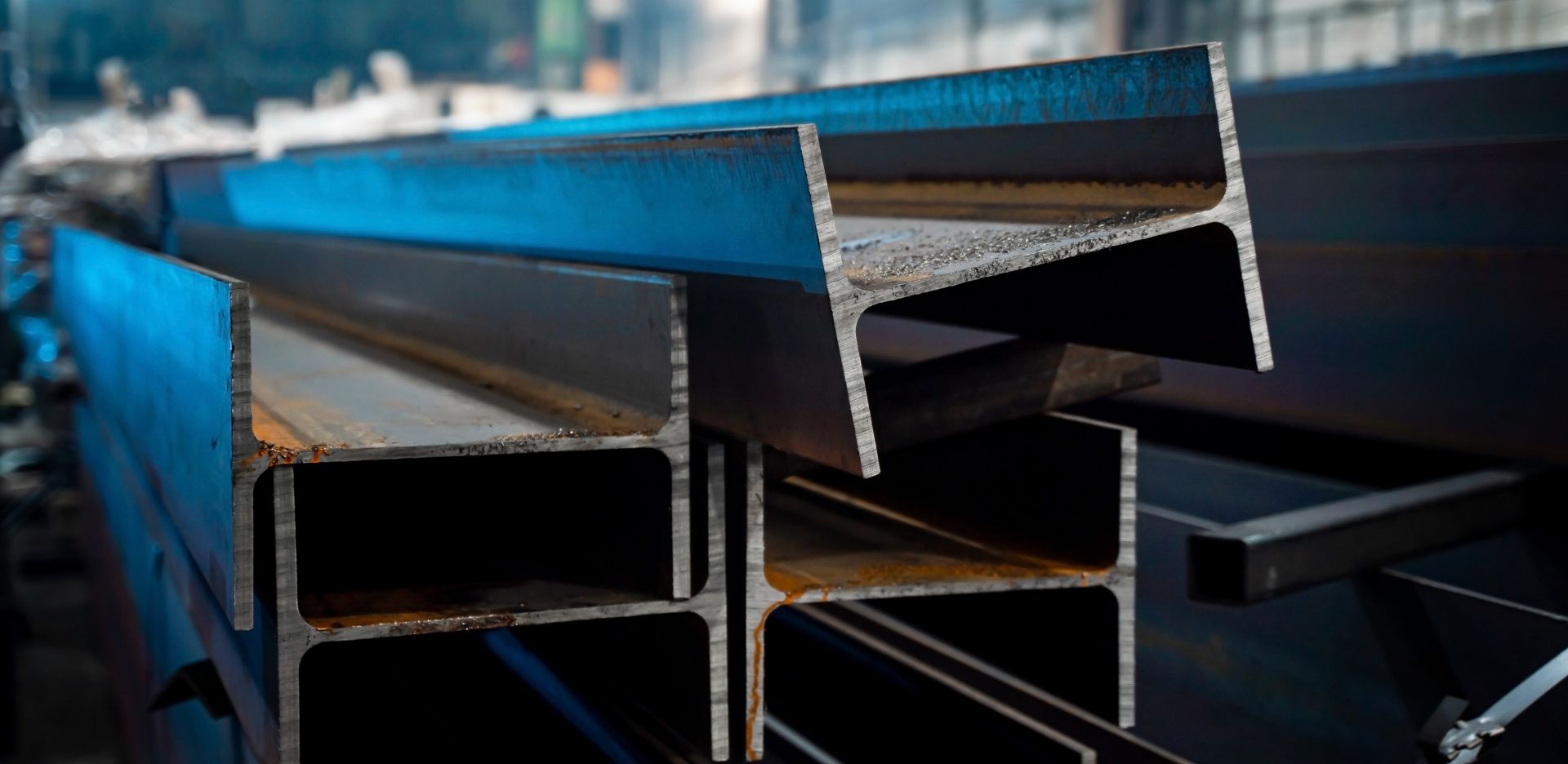There is considerable discussion on this, with no definitive answer, due to the ongoing costs of the different types of structures.
Using Wood For Buildings
Initially, it looks like wood would be in the running to be the cheaper option. Timber buildings have a certain romance about them. Additionally, timber is quickly assembled and does not necessarily require specialist tradespeople to add to their popularity in recent years.
However, an increase in costs matches the surge in the market for prefabricated wood buildings.
Some arguments say wood is sustainable, but with significant deforestation globally, this is questionable.
Planting more forests has a positive environmental impact, with better air levels and with the proper support, it could encourage both ethical uses of forests and maintain its sustainability. However, that is not quite happening at the moment.
Most of the wood used in construction is softwood, mainly pine, cedar, redwood, and firs, which reach maturity fairly quickly. Hardwood, for example, teak and mahogany, is a lot more expensive and used mainly for furniture, veneers and musical instruments.
Unfortunately, the cost of all wood is rising, thought to be due to demand vs shortages throughout 2020-2021, when the pandemic facilitated a lot more renovation and building projects.
Plus the effect Brexit has on the logistics of transporting the raw materials. Some estimates show the cost of wood has risen by 45% and is still on the increase.
The approximate cost of a timber build house is currently around £1,200 – £1,800 per m2.
Using Steel For Building
Some would argue that steel is not as aesthetic as wood is in a building, but steel’s versatility in design is considerable. Working with Building-UK, a bespoke building, or our steel building kits would meet your requirements.
Another advantage of steel is that it is eco-friendly, as it can be recycled and used again. In addition, there is no waste with steel. Every little piece can find its place due to the precision taken with the design and fabrication of steel buildings. Another plus for steel is that it requires very minimal maintenance and has a considerable lifespan. However, steel production is energy-intensive, leaving a carbon footprint, which the steel industry is working very hard to reduce.
Costs for steel varies throughout the country. The way it can be costed is slightly different as the weight of steel is the primary option for costing. However, on average, you could expect to pay between £1,500 – £1,900 per tonne.
At Building-UK we have a bit of a bias towards steel buildings, and therefore we suggest talking to us before making any decisions. We are a family firm with a good reputation for meeting our clients’ expectations.
For more accurate costing, you can contact us via our online form or call to speak directly with our experienced sales team. We provide a wide selection of prefabricated steel building kits for agricultural, horticultural, equestrian and industrial use. We also offer a bespoke service where our engineers and architects work together to create the building you require. All our steel is British made CE marked hot rolled steel, shot blasted, primed and painted. We also supply galvanised steel frameworks.
Summary Of Woods Vs Steel
- Any wood buildings will have ongoing annual maintenance needs and require specialist treatments.
- Wooden buildings take a more extensive workforce to construct that steel—adding to the overall cost. Steel bolts together and can be installed at speed.
- Wooden houses are susceptible to fire. You will not need to worry about steel as they are not combustible.
- The cost of materials for wood building costs are growing, and the ongoing expenses and building costs mount up, making the final price considerably higher than you would think. Steel is, therefore, the cheaper and more trustworthy material to choose.

